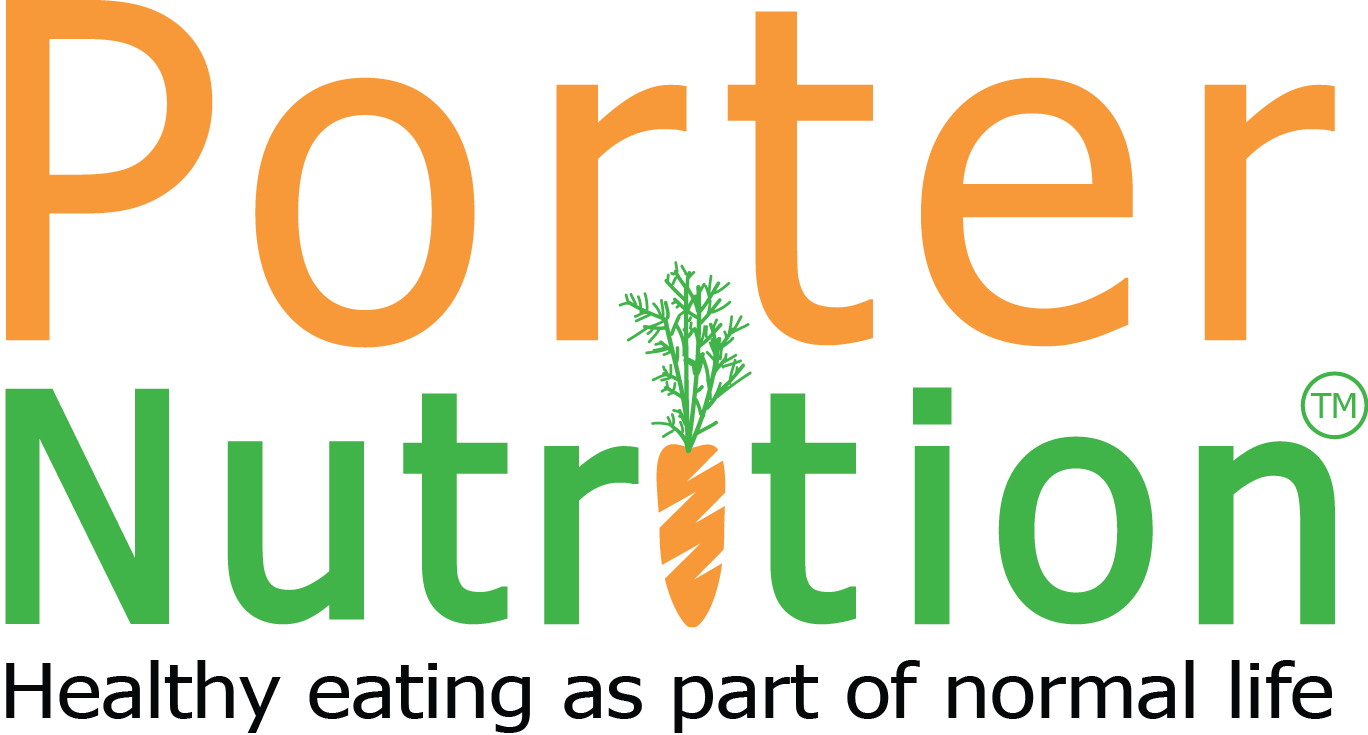When the Governor of the Bank of England announces that food prices are likely to rise (due largely to the uncertainty surrounding Brexit), we might ask ourselves how we will meet this challenge. Will we spend less on other things or will we save less? Perhaps it is time for us all to learn some new recipes and be prepared for price rises. Here are 10 steps to help you on your way.
Step 1: Plan
- Plan what you are going to eat each week
- Have a look in your cupboards and see what you already have
- Write a shopping list
- We usually spend more if we go to the shops very frequently
Step 2: Have a good store cupboard
Make sure you have:
- Dried herbs and spices, salt, pepper
- Pasta, rice, noodles, couscous
- Tinned tomatoes and other vegetables
- Tinned beans e.g. kidney beans, reduced salt baked beans
- Tinned fruit in juice (not syrup)
- Tinned fish
- A bag of frozen vegetables
- And anything else you regularly use
Step 3: Cook your own
- Buying ready meals or ready made sauces costs more
- Learn how to make basic sauces like a tomato based pasta sauce, a curry sauce or a cheese sauce
Step 4: Cook in bulk
- Cook a large portion of bolognese, stew, chilli, casserole or curry
- Freeze it in portions
- When you want to eat it, take it out of the freezer the night before and defrost it in the fridge Make sure it is really hot before you serve it
Step 5: Buy seasonal produce
- Learn which fruit and vegetables are grown when. They are usually cheaper when it is easy to harvest them locally
- Often supermarket offers reflect what is in season
- e.g. plums are cheaper in August and September
- For more information go to: eatseasonably.co.uk
Step 6: Buy cheaper meat and fish
- Chicken thighs and wings are cheaper than chicken breast
- Stewing beef is cheaper than prime cut
- Trout is cheaper than salmon and it is still an oily fish, for white fish pollock is cheaper than cod
- Tinned sardines count towards your portions of fish a week
- Buying frozen fish and meat can be cheaper, and often reduces wastage
Step 7: Be price wise
- Check the price per unit or weight and find the best price – special offers are not always so special
- Own brand products are often just as good as the branded ones
- The local market may be a cheaper choice than the supermarket
- Look out for offers and reduced items – but be careful, they are not always great offers!
Step 8: Watch what you drink
- Fizzy drinks, juice drinks, alcohol, flavoured waters are expensive and have little or no nutritional value
- Replace some with water, pure fruit juice milk
- If you want to flavour your water, use sugar free squash and make up your own
Step 9: Grow your own
- Fresh fruit and vegetables direct from the garden taste much better
- If you don’t have much space, you can grow herbs and salad on your window sill, or tomatoes in a bag on the balcony
- For more information go to:
Step 10: Love Food, Hate Waste
- 7 million tonnes of food is thrown away by households in the UK every year
- Remember special offers aren’t all that special if you end up throwing half of it away
- Wasting food costs the average family with children £60 a month
- For handy tips, advice and recipes for leftovers go to: www.lovefoodhatewaste.com
- Using frozen and canned food can help to reduce wastage
- Know the difference between best before (quality) and use by dates (safety)
There are lots more things you can do to cut your food bill and still eat a healthy, balanced diet. These 10 steps are just suggestions. Why not try these ones and then see if you can come up with any more to try.
Here are some cheap meal ideas too. (I am not endorsing these websites but think the recipes are good)
Make a chicken curry but reduce the amount of chicken by half and add a tin of chickpeas instead.
Spaghetti bolognese – use vegetables to bulk out the mince. If you use 20% fat mince, brown it and then skim off the fat. I don’t think you need the sugar in the linked recipe
Jacket potato with beans and cheese
Shepherd’s Pie – like the spaghetti bolognese, add more veg to the meat and, if you do use cheaper mince, skim off the fat.
Macaroni cheese – make your own cheese sauce for a quick and tasty meal
Why not share your own tips and recipes in the comments. Remember budget eating still needs to be balanced and nutritious.
